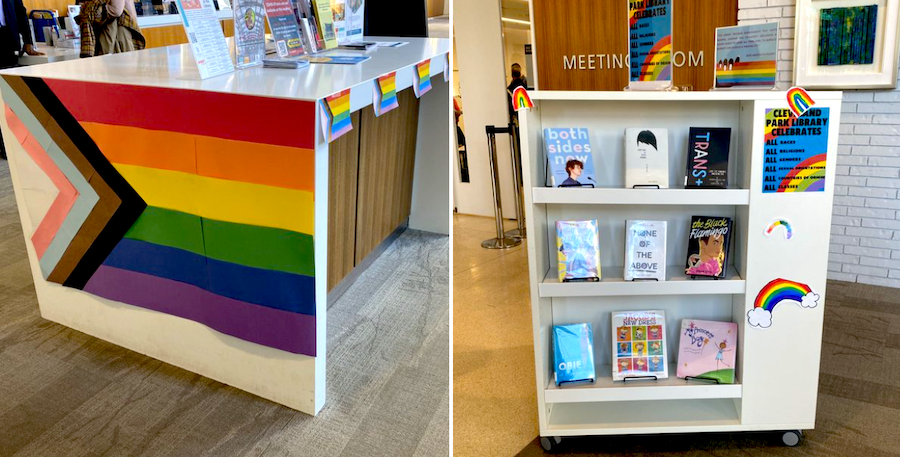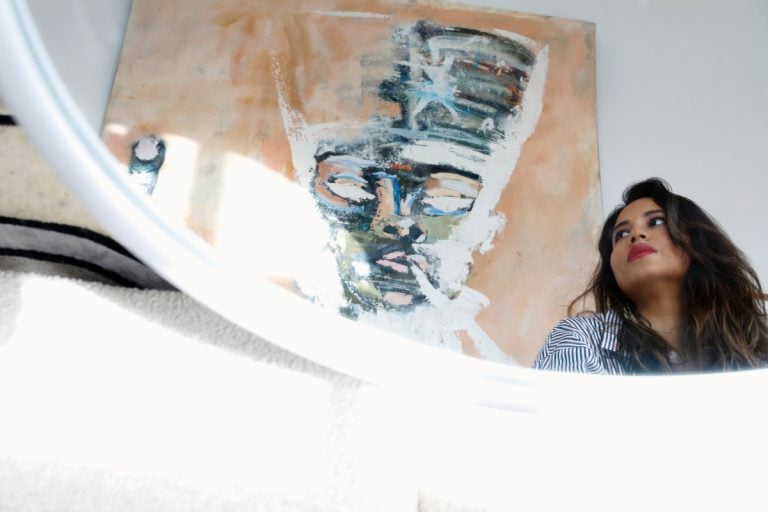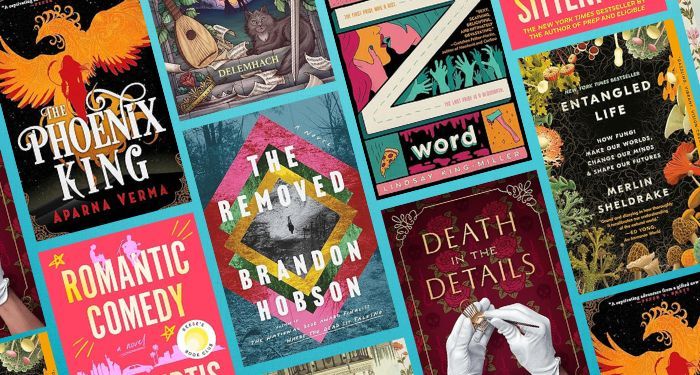The Pitch: Let’s start with the obvious — these folks had big hoop skirts to fill. Grease is one of the most successful movie-musicals of all time. The 1978 classic had the right people at the right time, coupled with irresistibly catchy songs, memorable set pieces, and one of the most iconic makeover sequences of all time. Has the message — that it’s ok to change yourself for a guy, because high school love most certainly lasts forever — necessarily aged perfectly? No, but Grease has remained a cultural staple to this day.
The new Paramount+ original series, Grease: Rise of the Pink Ladies, is a prequel set four Rydell High school years ahead of the events depicted in the film. Things begin as four outcasts — Jane (Marisa Davila), Olivia (Cheyenne Wells), Nancy (Tricia Fukuhara), and Cynthia (Ari Notartomaso) — cross paths through the messy turns of fate provided by life in high school and find themselves forming a rebellious girl gang prone to stirring up trouble. The core plot of the episodes shared with critics revolves around Jane running for student council opposite her goody-two-shoes, all-American, Make Rydell Great Again ex, Buddy (Jason Schmidt).
It’s Got (A Bit of) Groove, It’s Got (Some) Meaning: Rise of the Pink Ladies is for the people who love musicals to their very bones — think someone who saw 2007’s Hairspray adaptation and said, “Loved it, but I wish they hadn’t cut ‘Mama, I’m A Big Girl Now.’” Minutes into the pilot, the cast launches into a slightly modernized version of “Grease (Is the Word),” originally sung by Frankie Valli for the opening credits of Grease — the songs from that point forward are frequent, big, highly choreographed, and colorful.
With the count of songs packed in each episode (this writer’s tally averaged at three per hour), they can’t all be winners, and some are outright duds. The best moments are the ones that put the core four Pink Ladies in the spotlight — these young performers are undeniably talented, giving this material their all and then some. Marisa Davila shines in particular during her quintessential “I want” song, and fellow newcomer Cheyenne Wells is commanding as the book-loving but reputation-damaged Olivia.
To that end, all four of the central figures are incredibly talented young performers, with Tricia Fukuhara turning in some wonderfully exasperated, melodramatic line readings as fashion-forward Nancy and Ari Notartomaso stealing scene after scene as the lovable Cynthia. The show wisely keeps the focus on their story rather than trying to shoe-horn in winks at the original, save for the detail that Jane’s younger sister, here known as Fran, grows up to become the character we know as Frenchy. (This, and the introduction of her best friend Betty Rizzo, can be forgiven simply on the basis of how spot-on of a Didi Conn impression the young actress, Madison Lagares, turns in.)
Luck Be a (Pink) Lady: With that being said, the tone of the show is where things get especially rocky. It feels like maybe this story would have worked better if it weren’t connected to such beloved, iconic IP, because Pink Ladies lacks the edge of the original. It offers social justice and empowerment in the vein of the CW Network, a Riverdale-ification of the T-Birds and their girl gang counterparts. The series is clear on its themes — inclusivity, double standards between men and women, racism — but touches on them in decidedly 21st-century ways, and the characters speak and operate as though they are decades away from the 1950s these costumes want us to believe they are existing in, to the point of distraction.

Grease: Rise of the Pink Ladies (Paramount+)


























































